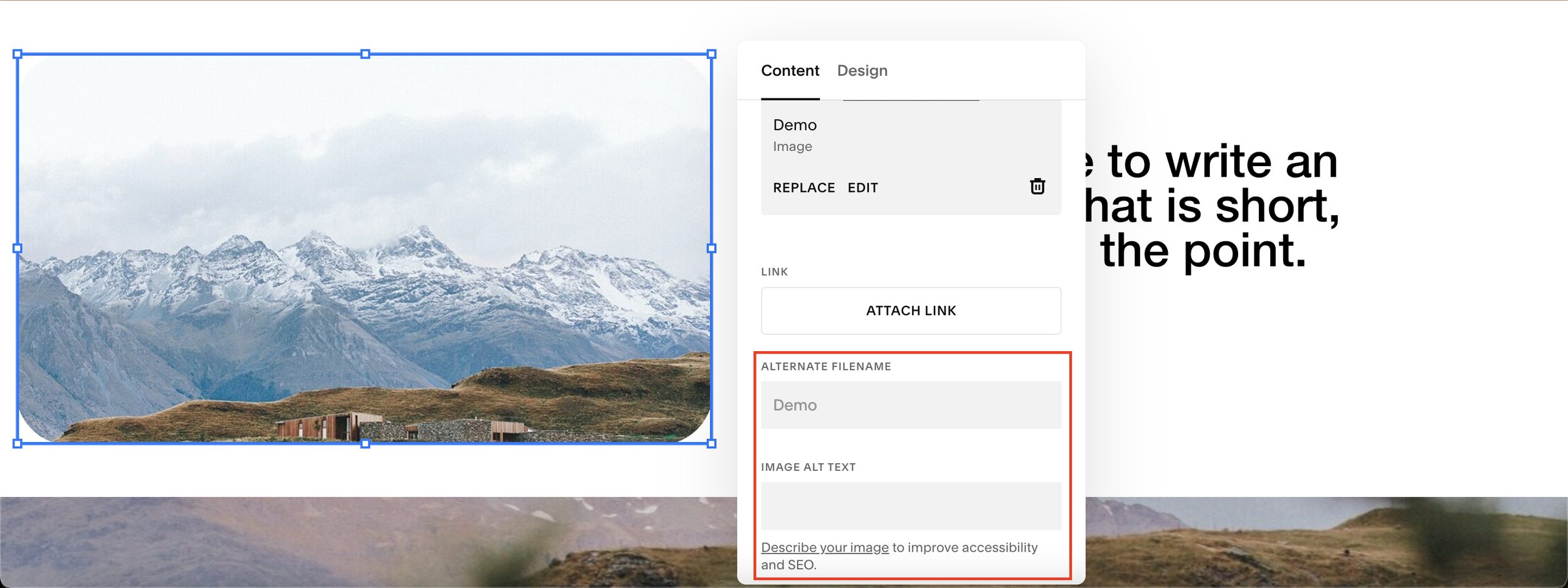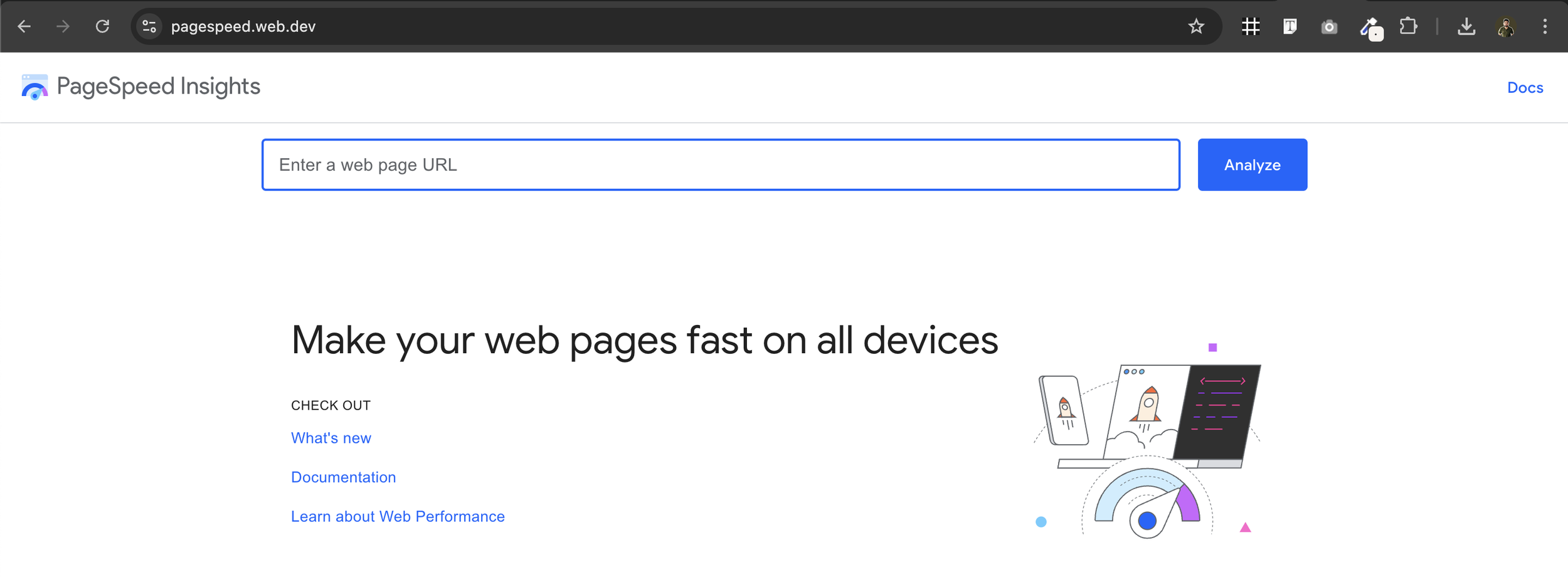The Ultimate Guide to Squarespace SEO: Rank Your Website Higher in 2025
If you’re using Squarespace to build your website, you’ve already chosen a platform known for its stunning designs and user-friendly interface. But did you know that Squarespace also offers powerful built-in SEO tools to help your website rank higher on Google?
In this Ultimate Guide to Squarespace SEO, we’ll walk you through everything you need to know to optimize your Squarespace website for search engines. Whether you’re a beginner or an advanced user, these tips will help you drive more organic traffic and outrank your competitors.
Why Squarespace SEO Matters
Squarespace is a fantastic platform for creating beautiful websites, but without proper SEO, your site might not get the visibility it deserves. Here’s why Squarespace SEO is crucial:
Higher Rankings: Proper optimization helps your website rank higher on Google.
More Traffic: Better rankings mean more organic traffic to your site.
Increased Conversions: A well-optimized site attracts the right audience, leading to more leads and sales.
Squarespace SEO Tips to Boost Your Rankings
1. Optimize Your Page Titles and Meta Descriptions
Your page titles and meta descriptions are the first things Google and users see. Make them compelling and keyword-rich.
Best Practices:
Include your primary keyword in the title (e.g., "Squarespace SEO Guide: Rank Your Website Higher").
Keep titles under 60 characters and meta descriptions under 160 characters.
Use action-oriented language in meta descriptions (e.g., "Learn how to optimize your Squarespace website for SEO in 2025").
How to Do It in Squarespace:
Go to Pages > Page Settings > SEO.
Add your custom title and meta description.
2. Use Header Tags (H1, H2, H3) Properly
Header tags help Google understand the structure of your content. Use them to break up your text and highlight important keywords.
Best Practices:
Use only one H1 tag per page (your main heading).
Use H2 tags for subheadings and H3 tags for smaller sections.
Include keywords naturally in your headers.
3. Optimize Images for SEO
Images can slow down your site if not optimized properly. They also offer an opportunity to rank in Google Image Search.
Best Practices:
Compress images to reduce file size (use tools like TinyPNG).
Use descriptive file names (e.g.,
squarespace-seo-guide.jpginstead ofIMG123.jpg).Add alt text to every image, including your target keyword (e.g., "Squarespace SEO tips for beginners").
How to Do It in Squarespace:
Click on an image > Edit > Alt Text.
4. Leverage Squarespace’s Built-In SEO Tools
Squarespace offers several built-in SEO features that make optimization easy.
Key Features:
Automatic Sitemap: Squarespace generates a sitemap for your site, which helps Google crawl and index your pages.
Clean URLs: Squarespace uses clean, SEO-friendly URLs by default.
AMP (Accelerated Mobile Pages): Enable AMP for your blog posts to improve mobile loading speed.
How to Enable AMP:
Go to Settings > Website > Blogging > AMP and toggle it on.
5. Improve Website Speed
Website speed is a critical ranking factor. A slow site can hurt your SEO and user experience.
Best Practices:
Compress images and videos.
Minimize the use of custom code.
Use a reliable hosting provider (Squarespace’s hosting is already optimized for speed).
How to Check Speed:
Use tools like Google PageSpeed Insights or GTmetrix.
6. Add Blog Content Regularly
Blogging is one of the best ways to improve your SEO. It helps you target new keywords and keeps your site fresh.
Best Practices:
Write long-form, in-depth articles (1,500+ words).
Use keywords naturally throughout the content.
Include internal links to other pages on your site.
7. Use Google Search Console and Analytics
Google Search Console and Analytics are essential tools for tracking your SEO performance.
How to Set Up:
Verify your Squarespace site in Google Search Console.
Connect Google Analytics to your Squarespace site under Settings > Advanced > External API Keys.
8. Avoid Common Squarespace SEO Mistakes
Even small mistakes can hurt your rankings. Here’s what to avoid:
Duplicate Content: Ensure each page has unique content.
Ignoring Mobile Optimization: Squarespace is mobile-friendly by default, but always test your site on multiple devices.
Overloading with Keywords: Use keywords naturally; avoid keyword stuffing.
Advanced Squarespace SEO Tips
For those looking to take their SEO to the next level, try these advanced strategies:
Custom Code for Schema Markup: Add schema markup to improve rich snippets in search results.
Third-Party Tools: Use tools like SEMrush or Ahrefs for keyword research and backlink analysis.
Internal Linking: Link to other pages on your site to improve navigation and SEO.
FAQs
-
Yes, Squarespace has excellent built-in SEO tools, but you still need to optimize your content and structure for the best results.
-
SEO is a long-term strategy. You may start seeing results in 3-6 months, depending on your competition and efforts.
-
Yes, but you need to set up proper 301 redirects and update your sitemap to avoid losing rankings.
Conclusion
Optimizing your Squarespace website for SEO doesn’t have to be complicated. By following these tips, you can improve your rankings, drive more organic traffic, and grow your business. Remember, SEO is an ongoing process, so regularly update your content and monitor your performance.
If you need help with your Squarespace SEO, feel free to reach out to us at squarespell.com. We specialize in creating stunning, high-performing Squarespace websites that rank.
SEOSpace's Squarespace SEO plugin gives any Squarespace user personalized SEO guidance to rank higher on search engines and attract customers.


















